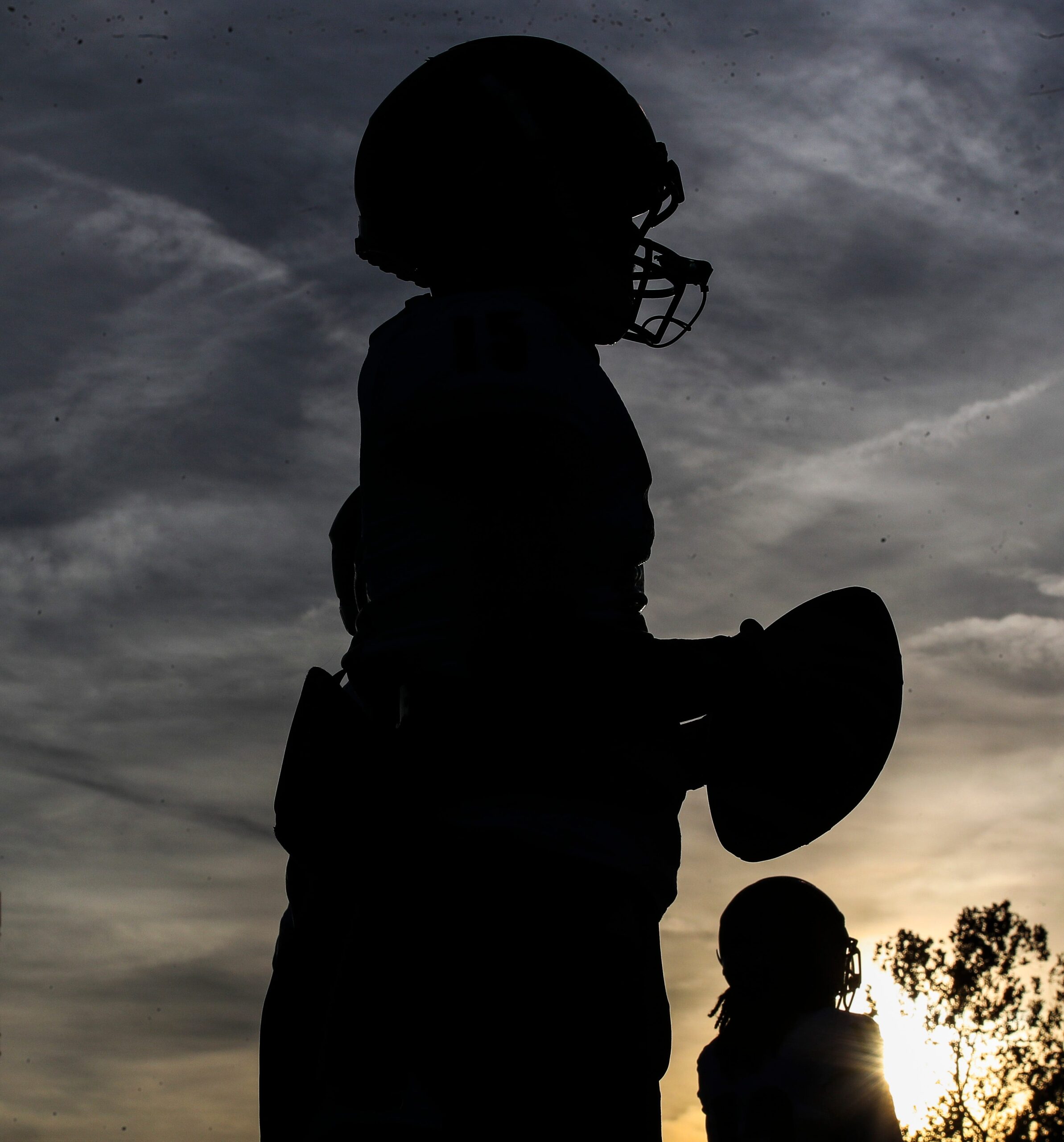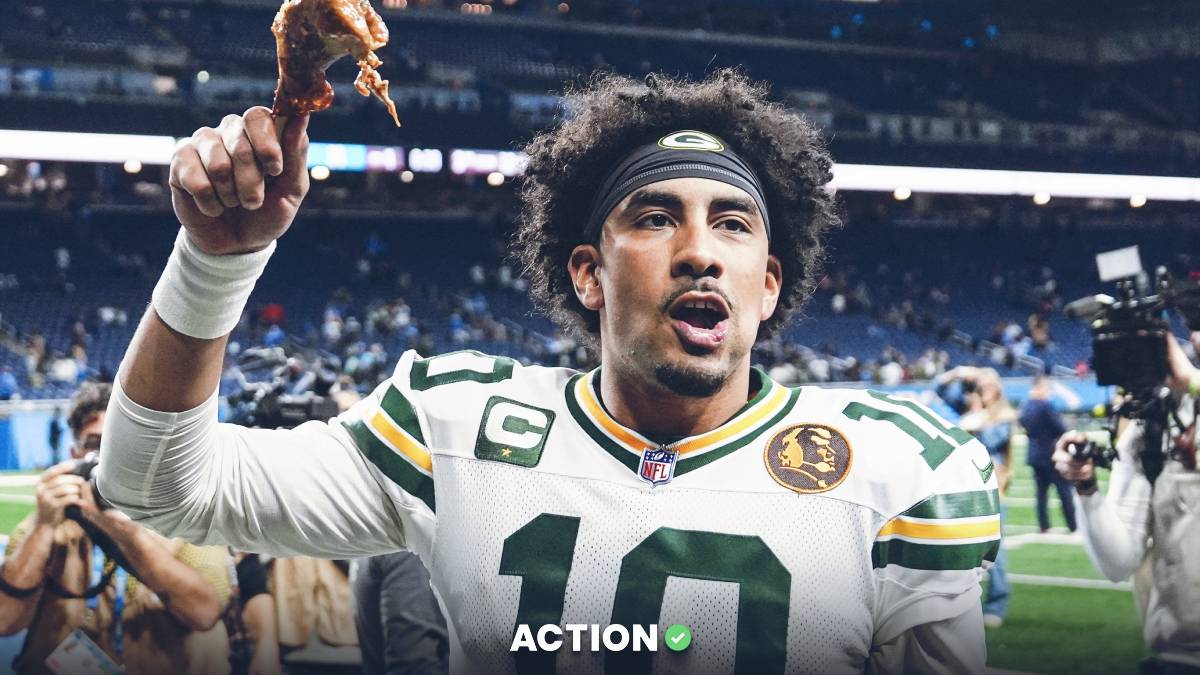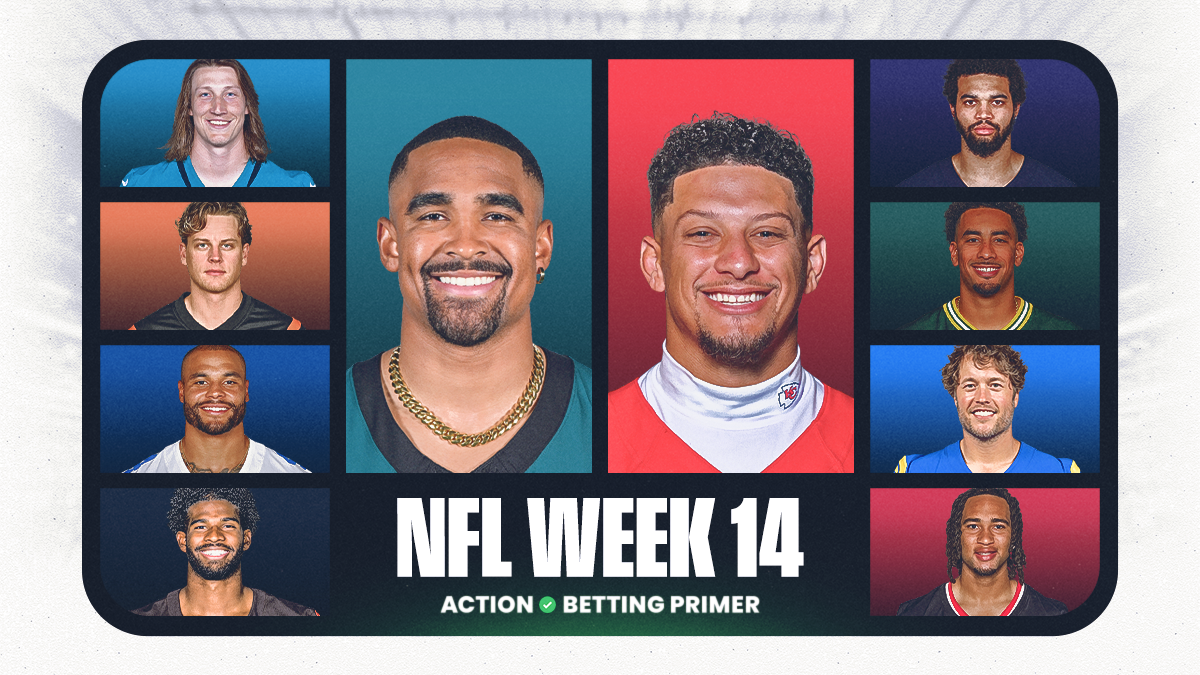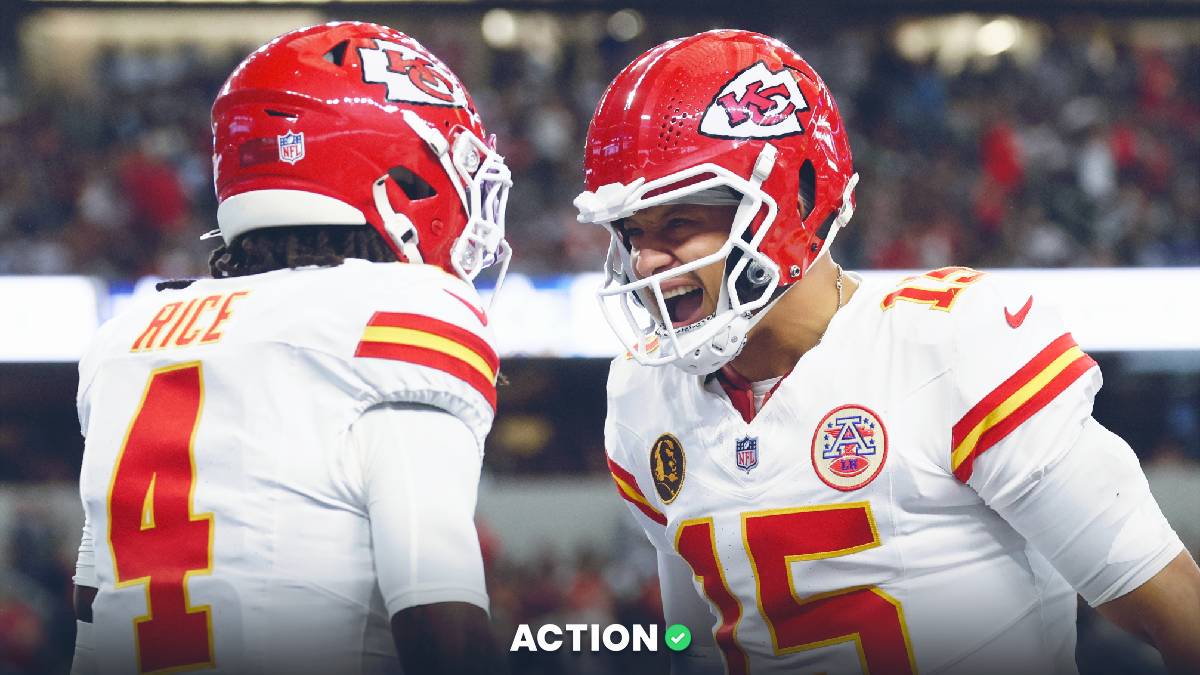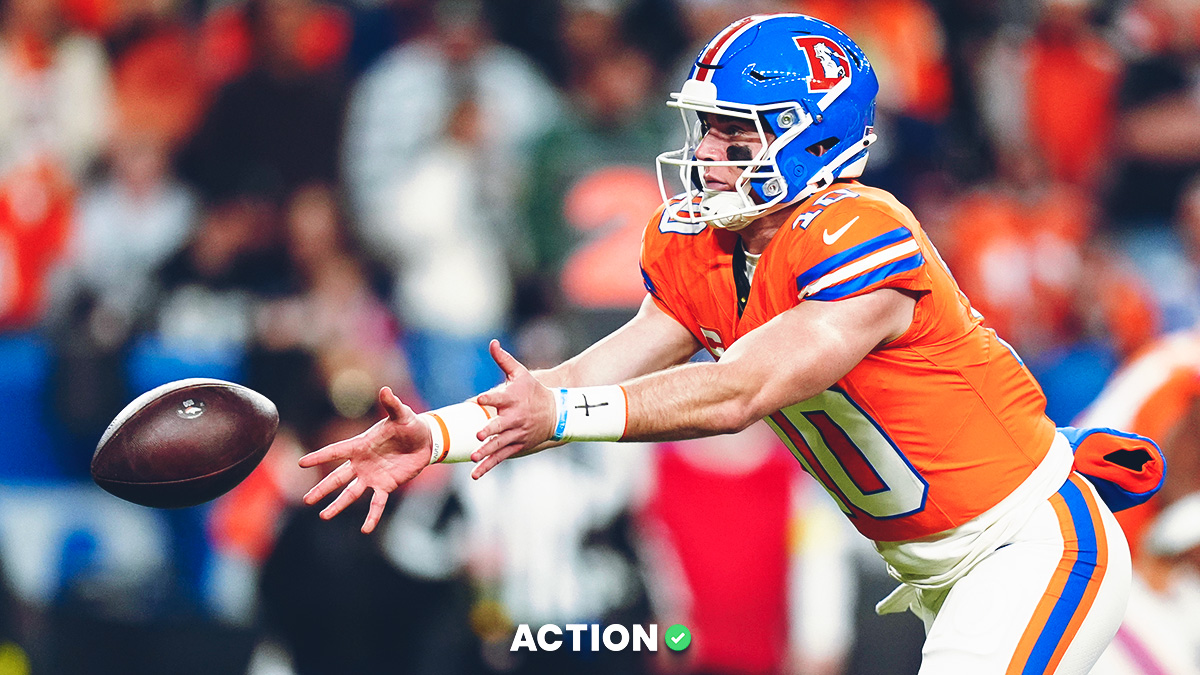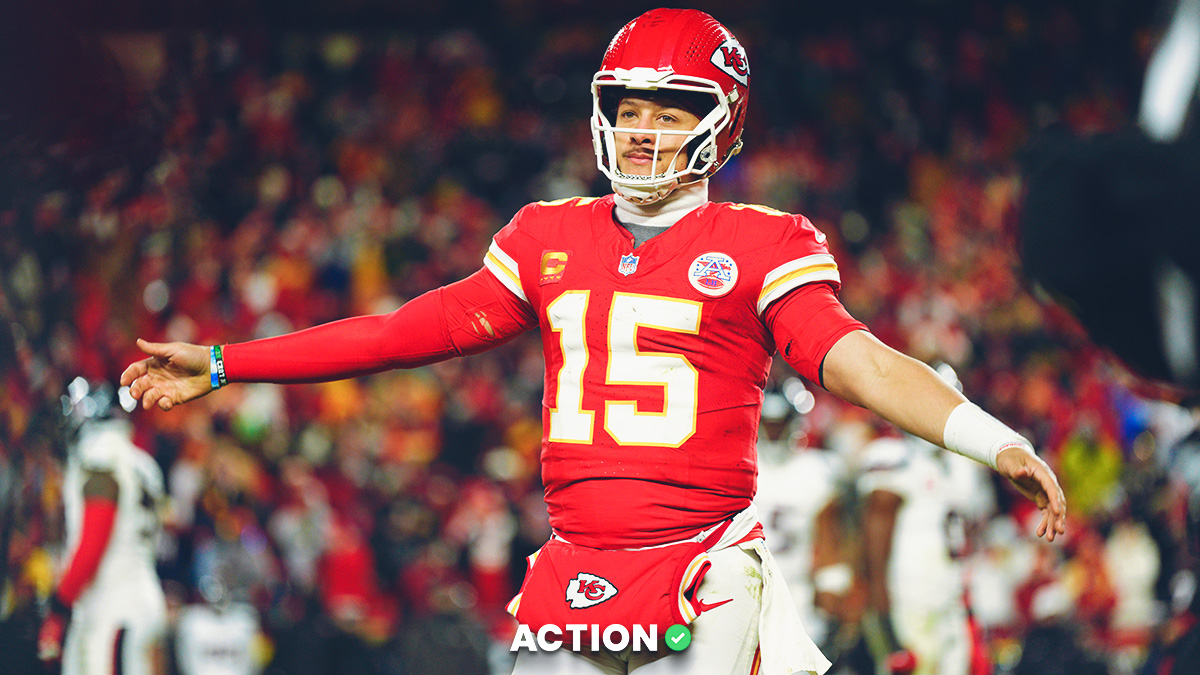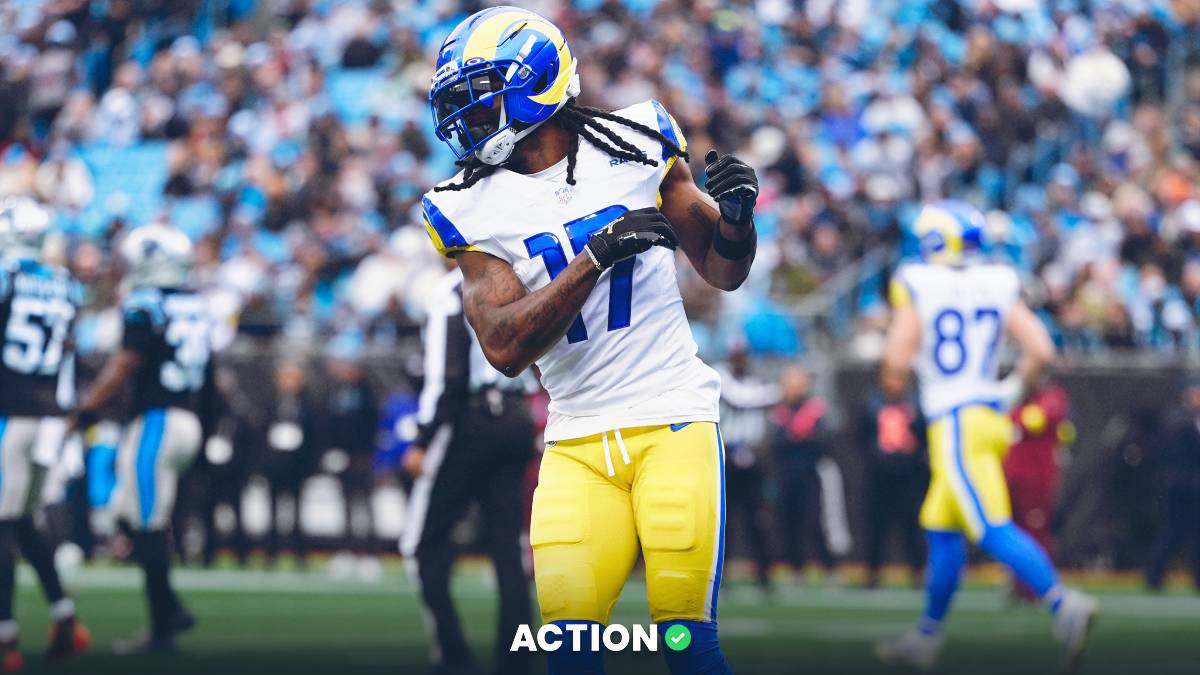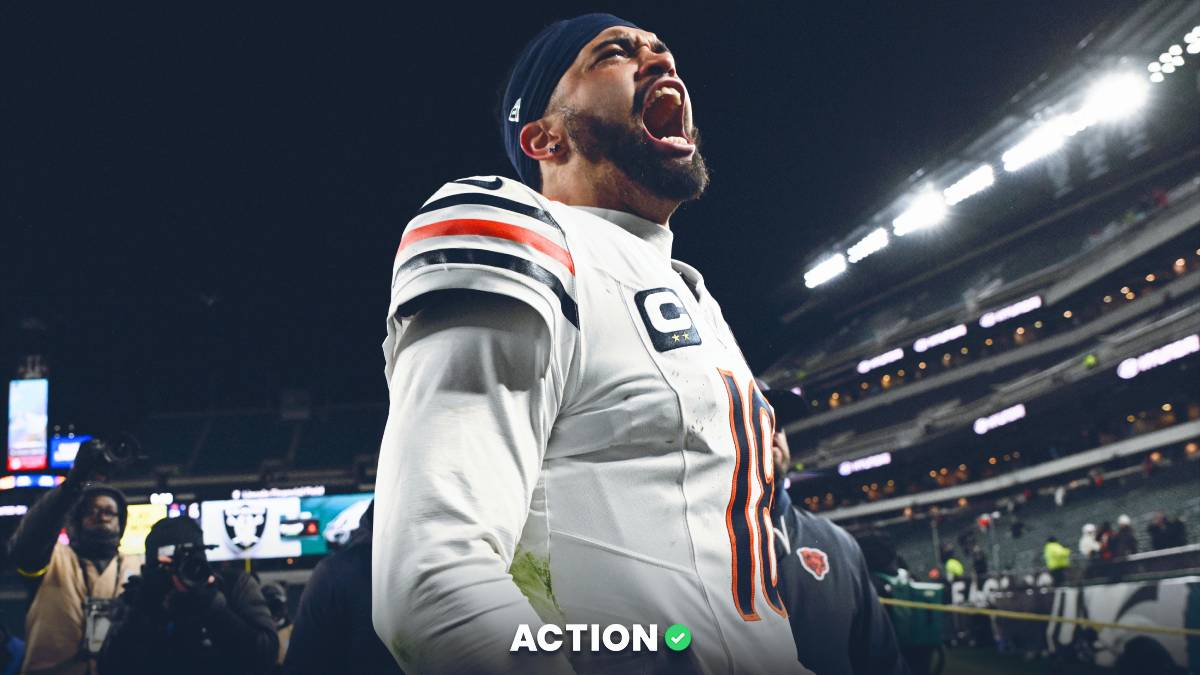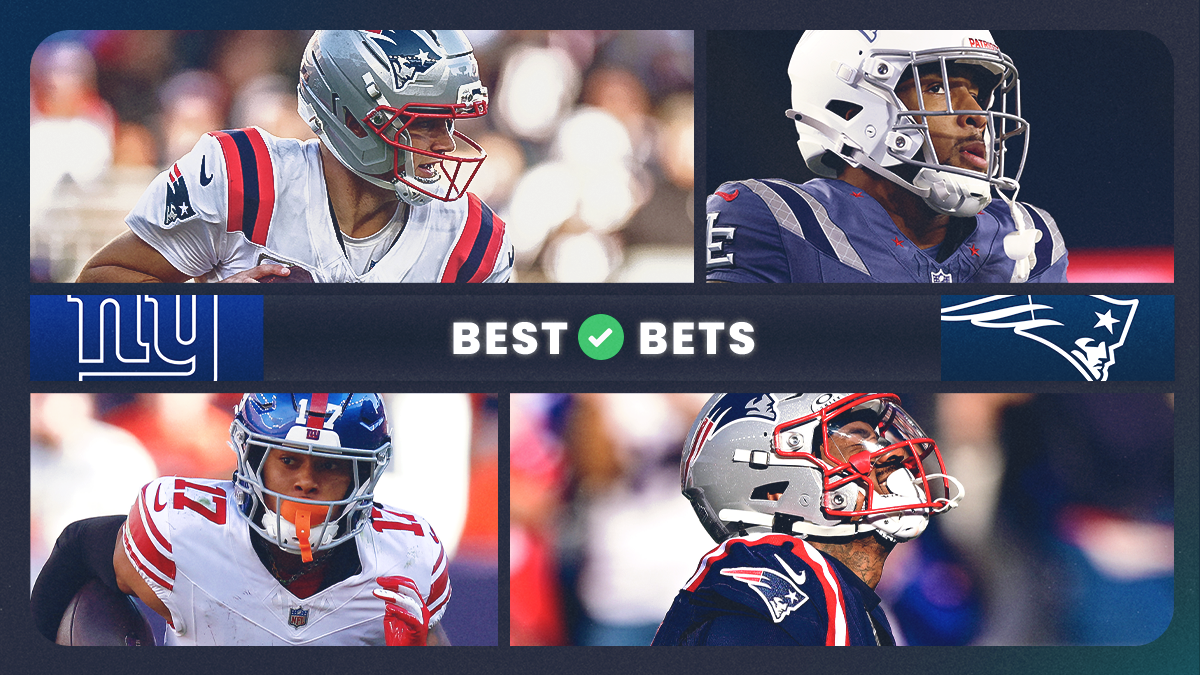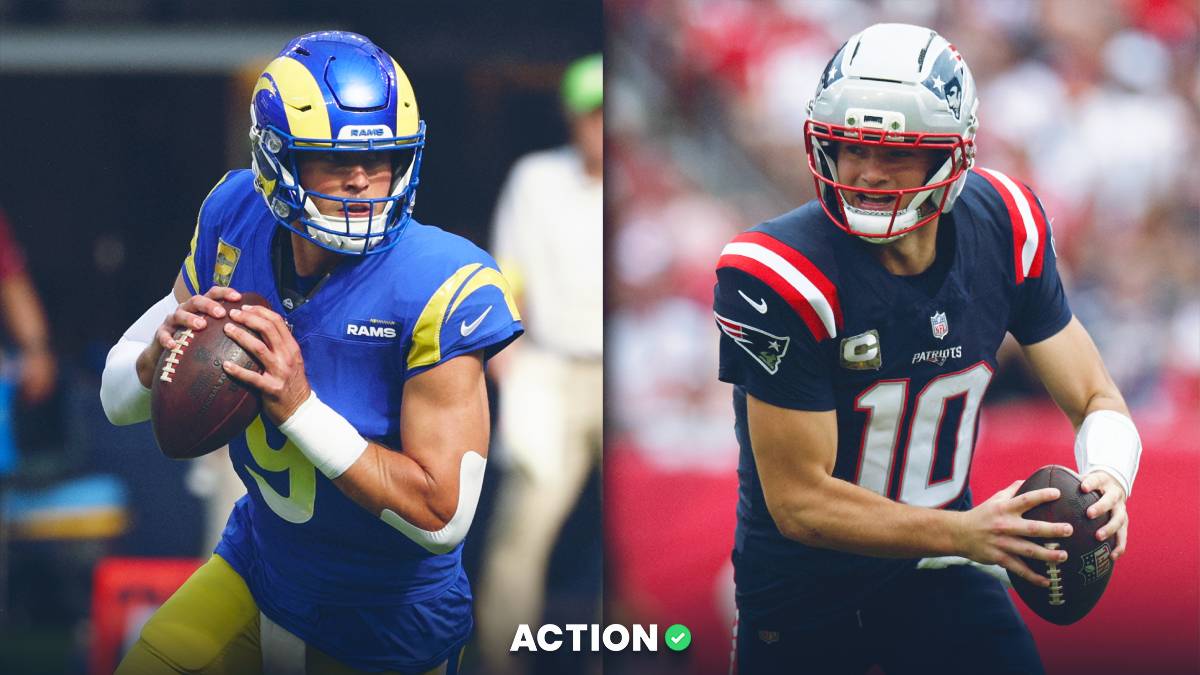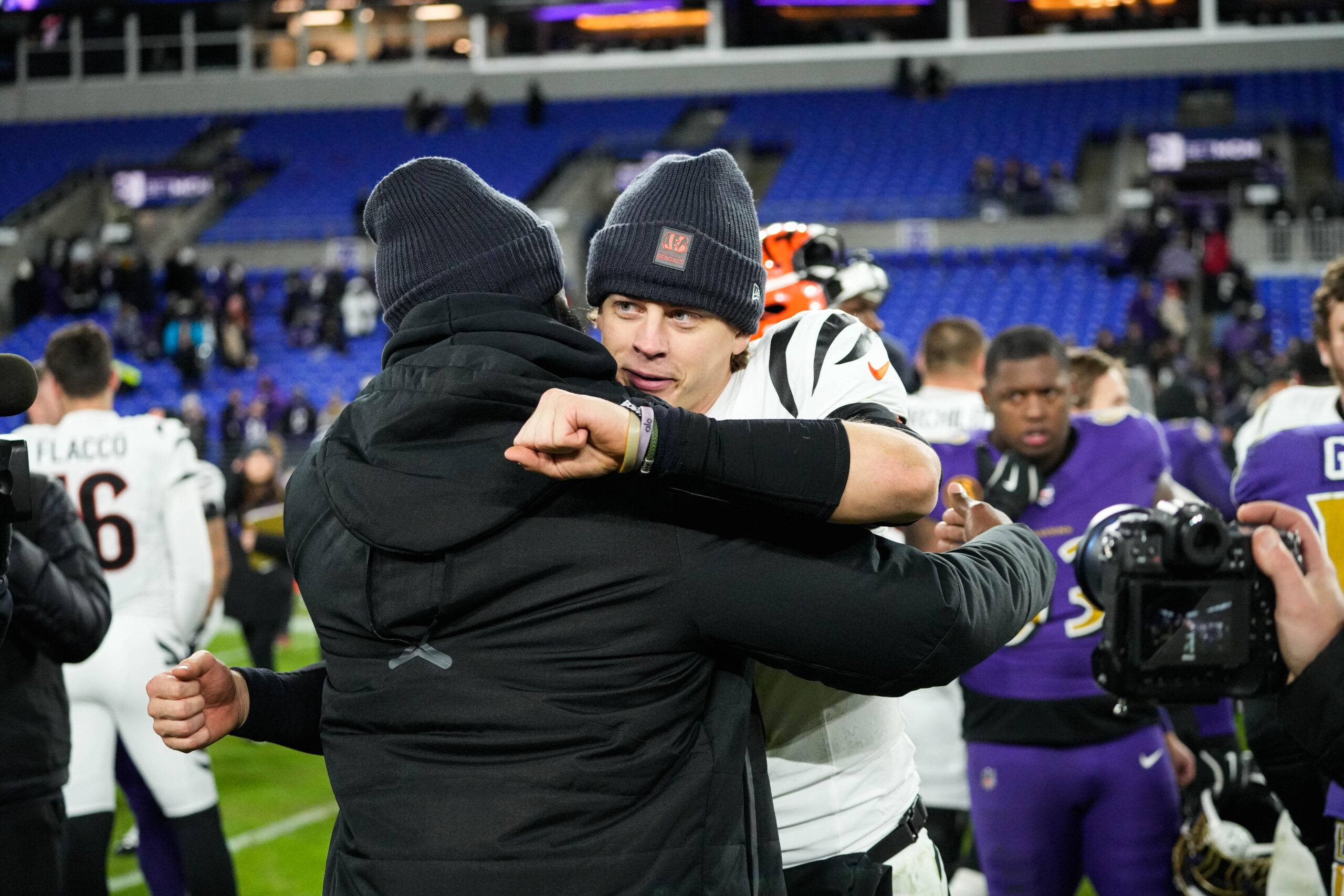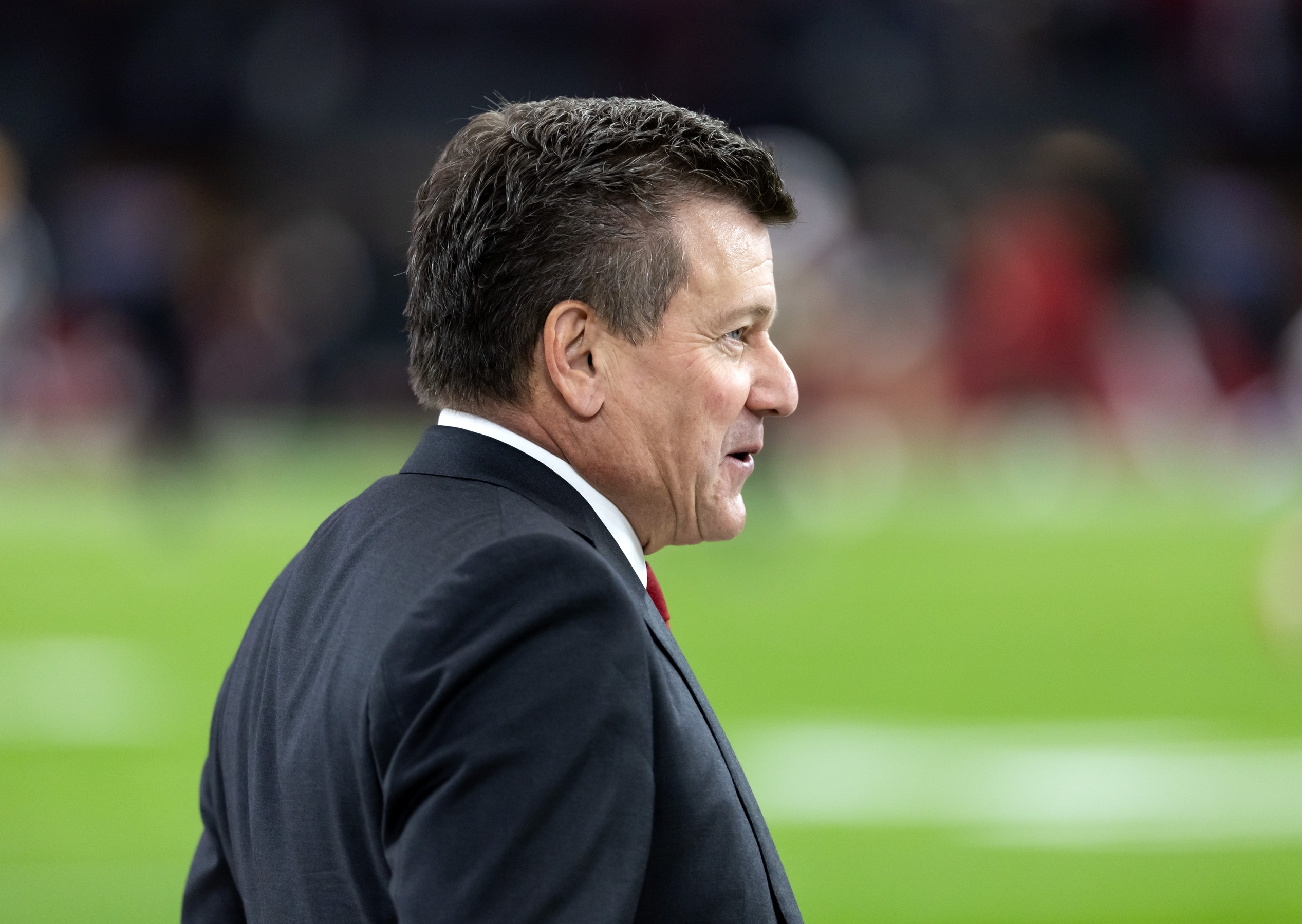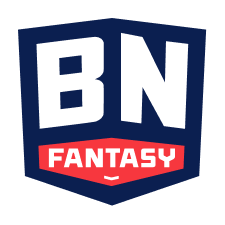The Fear Factor in Football
Fear doesn’t just live in the stands — it lines up at the line of scrimmage.
As Halloween nears, Action Network set out to answer a simple question: which NFL teams actually scare their opponents? Not just with wins, but with pressure, chaos, and the kind of crowd energy that makes visiting players flinch before kickoff.
The 2025 NFL Fear Index ranks all 32 franchises by their intimidation factor—a data-driven composite of team performance, player volatility, and fan environment.
Together, these numbers reveal the darker psychology of football, where dominance meets danger, and fear becomes a measurable stat.
Because in the NFL, fear isn’t just felt. It’s earned.
Key Findings: What Makes Teams Scary in 2025
- Denver leads the league in fear, with a 39% pressure rate, 21 sacks, and a 60% win rate, all amplified by the altitude at Empower Field.
- Minnesota follows close behind, combining eight forced fumbles, a league-high 57 player arrests, and a consistent 60% win rate to create chaos that feels both emotional and unpredictable.
- Pittsburgh’s intimidation remains old-school and effective—a 45.5% pressure rate, 36 QB hits, and a 75% win rate keep the “Steel Curtain” alive in data, not memory.
- Philadelphia converts energy into control, pairing an 80% win rate with one of the NFL’s most unforgiving fanbases, turning Lincoln Financial Field into a psychological test as much as a stadium.
- Baltimore rounds out the top five, where fear extends beyond the field, 14,019 crimes per 100K residents near M&T Bank Stadium make it the most intimidating environment in football.
How We Measured Fear
The 2025 NFL Fear Index ranks all 32 teams by combining performance, player behavior, and fan environment into a single 0–100 score. Defensive pressure rate and win percentage made up 40 percent of the score, player stats and arrest history counted for 30 percent, and local crime around each stadium accounted for the final 30 percent.
All metrics were normalized using a standard min–max scale, then weighted and converted into a 1–10 Fear Rank. The result shows how fear in football can be built from numbers, not just noise.
The 10 Scariest NFL Teams
1. Denver Broncos
Playing in thin air has always given Denver an edge, but it’s the defense that makes them suffocating. The Broncos produced pressure on nearly 39% of opposing dropbacks, turning altitude into aggression and contact into control. At Empower Field, even breathing feels like part of the game plan—fear here is built into the atmosphere.
Fear Rank 10.0 | Pressure rate 39% | 21 sacks | 48 QB hits | 60% win rate | Fan crime 0.62
2. Minnesota Vikings
The Vikings play with controlled chaos—fierce, unpredictable, and fueled by emotion. Their defense forced eight fumbles and hit quarterbacks on one in every four dropbacks, proof that pressure in Minnesota comes as much from attitude as execution. Inside U.S. Bank Stadium, the noise feels ceremonial — intimidation here isn’t shouted, it’s performed.
Fear Rank 9.1 | Pressure rate 25% | 8 forced fumbles | 57 player arrests | 60% win rate | Fan crime 0.61
3. Pittsburgh Steelers
The Steelers’ identity is intimidation—"Steel Curtain" isn’t nostalgia, it’s muscle memory. Pittsburgh generated pressure on 45% of dropbacks and logged 36 quarterback hits, proof that toughness here is a measurable metric, not just a mindset. This team does not chase fear; it builds it, one collision at a time.
Fear Rank 7.6 | Pressure rate 45.5% | 14 sacks | 75% win rate | Fan crime 0.13
4. Philadelphia Eagles
Few teams project intensity like the Eagles—every snap feels like a confrontation. Their defense pressured quarterbacks on nearly a quarter of dropbacks and converted that aggression into an 80% win rate, proving that composure isn’t their goal; control is. At Lincoln Financial Field, tension isn’t a byproduct; it’s the atmosphere.
Fear Rank 7.0 | Pressure rate 24% | 7 sacks | 80% win rate | Fan crime 0.42
5. Baltimore Ravens
Few teams project intensity like the Eagles; every snap feels like a confrontation. Their defense pressured quarterbacks on nearly a quarter of dropbacks and converted that aggression into an 80% win rate. At Lincoln Financial Field, tension isn’t a byproduct; it’s the atmosphere.
Fear Rank 6.8 | Pressure rate 24% | 6 sacks | 20% win rate | Stadium crime 14,019 per 100K
6. Detroit Lions
Detroit plays with purpose; a team built on resolve more than reputation. The Lions generated pressure on 32% of snaps, collecting 16 sacks and an 80% win rate, evidence of a franchise turning aggression into consistency. At Ford Field, it’s not swagger that fuels them; it’s hunger.
Fear Rank 6.5 | Pressure rate 32% | 16 sacks | 80% win rate | Fan crime 0.14
7. Indianapolis Colts
The Colts don’t intimidate with noise — they do it with control. Their defense applied pressure on 27% of snaps and recorded 14 sacks while maintaining an 80% win rate, showing that fear in Indy comes from precision, not chaos. Discipline isn’t their tactic—it’s their weapon.
Fear Rank 6.3 | Pressure rate 27% | 14 sacks | 80% win rate | Fan crime 0.29
8. Kansas City Chiefs
Arrowhead’s noise isn’t background—it’s pressure in surround sound. Kansas City’s defense generated pressure on 23% of dropbacks, while an offense built on tempo and swagger keeps opponents reacting instead of dictating. Fear here isn’t about brute force; it’s about never catching your breath.
Fear Rank 6.3 | Pressure rate 23% | 11 sacks | 40% win rate | Fan crime 0.53
9. Seattle Seahawks
Seattle turns atmosphere into advantage, noise becomes a strategy. The Seahawks pressured quarterbacks on 34% of dropbacks and collected 13 sacks, feeding off a crowd that turns every hit into an echo. At Lumen Field, intimidation isn’t delivered; it’s amplified.
Fear Rank 6.3 | Pressure rate 34% | 13 sacks | 60% win rate | Fan crime 0.39
10. Jacksonville Jaguars
Once overlooked, Jacksonville now hits with purpose. The Jaguars’ defense generated pressure on 20% of snaps with 7 sacks, but it’s their controlled aggression, backed by an 80% win rate, that makes them dangerous. Fear here comes from evolution, not history.
Fear Rank 5.9 | Pressure rate 20% | 7 sacks | 80% win rate | Fan crime 0.10
The Soft Zone: Where the Fear Fades
At the quiet end of the Fear Index are teams defined less by aggression and more by restraint. Their numbers tell a story of control — low pressure, low chaos, and fans who rarely rattle rivals.
The New York Jets finish last overall with a 14% pressure rate and no wins recorded, a data profile that speaks to a lack of urgency on both sides of the ball. The Giants aren’t far behind, posting just a 24% pressure rate and a 20% win rate, steady, but not intimidating. The Carolina Panthers sit near the same mark, with one of the league’s lowest sack counts and a modest 40% win rate.
Even louder brands can appear tame by the numbers. The New Orleans Saints, for all their atmosphere, generated only a 19% pressure rate and a 20% win rate. The Las Vegas Raiders, long known for swagger, produced a similar 17% pressure rate and minimal disruption.
Across the board, these teams share one metric in common—composure. They’re not reckless, not hostile, and not especially feared.
Want to turn that fear into fuel? Fans looking to back their favorite teams, or bet against the scariest ones, can check out the latest DraftKings Promo Code for new offers ahead of kickoff.
What the Data Reveals About Fear in Football
Fear follows pressure. Teams with higher defensive aggression—like Pittsburgh, Denver, and Detroit—consistently scored highest, proving that intimidation begins at the line of scrimmage.
Player volatility also matters. Arrest history and forced fumbles boosted teams such as Minnesota and Baltimore, showing that unpredictability can be as intimidating as performance.
Fan environments amplified both ends of the scale. Stadiums with higher surrounding crime, like Baltimore’s and Kansas City’s, increased a team’s Fear Score; calmer venues, like Carolina’s or New England’s, dulled it.
In short, fear in football is measurable—a mix of pressure, volatility, and place.
Conclusion
Fear still wins games. The data shows that intimidation isn’t just an attitude; it’s structural. It lives in pressure rates, player volatility, and the places that make opponents hesitate before kickoff.
For every team chasing respect, a few are quietly chasing fear — and in the NFL, that might be the real advantage.
Whether you’re betting on dominance, defense, or pure intimidation, explore the best betting sites to find trusted platforms and current sportsbook offers.
Methodology
Action Network’s 2025 NFL Fear Index ranks all 32 teams by combining on-field performance, player volatility, and fan environment into a single composite score.
Each team’s Scary Score was calculated using three weighted categories:
- Team Intimidation (40%) — defensive pressure rate and win percentage
- Player Intimidation (30%) — passing dominance, forced fumbles, and arrest history
- Fan Fear Factor (30%) — local crime rate per 100K residents near each stadium
The result is a 1–10 Fear Rank that reflects how performance, behavior, and place combine to create intimidation — both on and off the field.
Sources
ESPN • TeamRankings • NFL.com • Pro-Football-Reference • NFLArrest.net • Sportsbook Review


